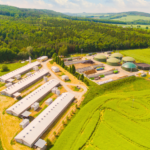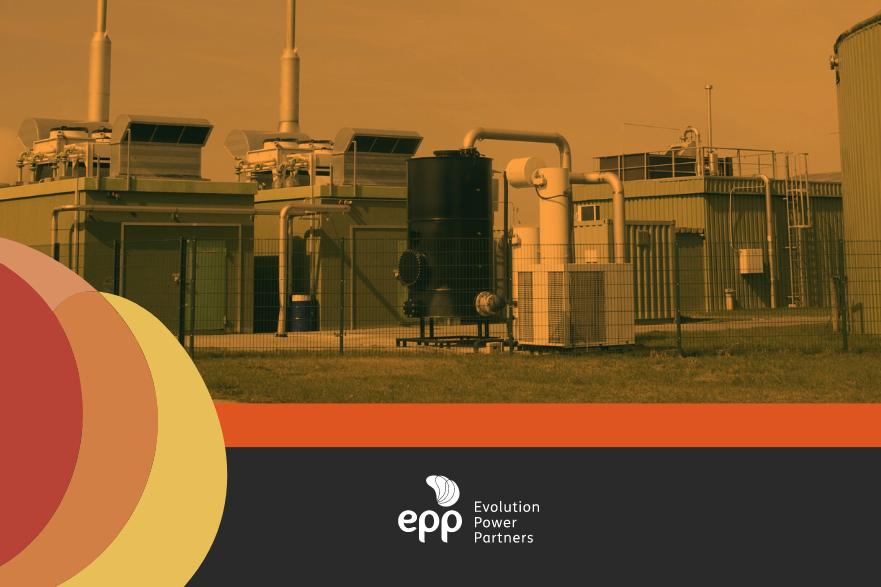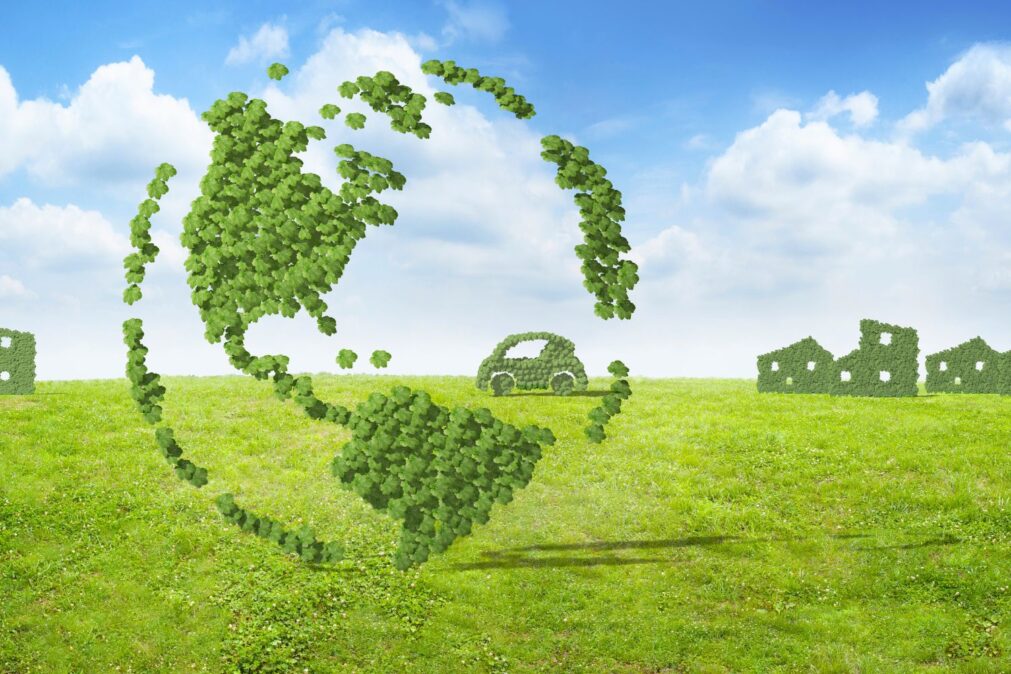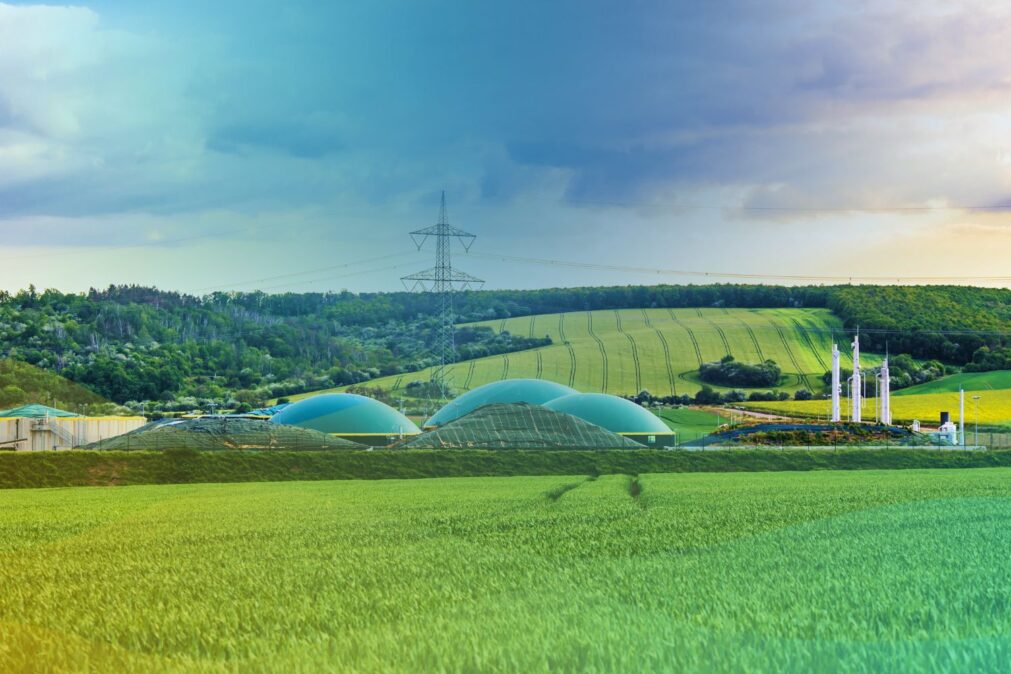How does the solid waste energy recovery process take place? Understand, in this content, what it is, the benefits and prediction of the model in the country.
The energy recovery of solid waste is a process in which the waste becomes thermal and/or electrical energy. Currently, this option is an alternative for the correct disposal of solid waste, which has become a problem, especially in large cities.
With the technology used, it is possible to transform MSW into electrical and thermal energy, taking advantage of the high calorific value contained in waste, turning it into fuel. For this to happen, the energy recovery technology uses incineration, gasification, pyrolysis, co-processing and anaerobic digestion.
The reuse method is used in several countries, such as Germany, United States, Japan and Switzerland, being an alternative to sanitary landfills. In Brazil, since the publication of the National Solid Waste Policy (PNRS) and, recently, the Solid Waste Energy Recovery Atlas has developed ways for the energy model to develop in the country.
How does the MSW energy recovery process take place?
Thermal and electrical energy are generated by burning these residues. The process occurs when the generated steam moves the generator’s turbine blades, which change the flow of the magnetic field inside. Thus, energy is produced without the generation of liquid effluents.
This energy can be generated in an Energy Recovery Plant. An ERU is any unit dedicated to the thermal treatment of urban solid waste, reducing the volume and danger of MSW. There are around 2,500 plants of this model in the world, with only 100 in Latin America and none in operation in Brazil.
WtE plants are able to process from 50,000 to 300,000 tons of materials per year. According to Interministerial Ordinance No. 274, of 04/30/2019, the materials that can be used for energy recovery are residues from domestic activities, such as food scraps, hygienic materials and plastics; urban cleaning, from sweeping, cleaning of public spaces and streets and other services and commercial waste classified as non-hazardous, that is, predominantly composed of organic, recyclable and tailings.
The solid waste generated in this process, such as residual ashes, can be used in civil construction for the production of cement. Of the permitted materials, plastic is the most used, producing around 650kW/h of energy per ton, enough to supply an average-sized household for 100 days.
Benefits of energy recovery from solid waste
Compared to landfills, Energy Recovery Plants contribute to the circular economy by dealing with non-recyclable waste that would otherwise be dumped in landfills. In addition, there is an enormous potential for reducing greenhouse gases (GHG) in the management of MSW by not using landfills. According to the European Environmental Agency (EEA), between 1995 and 2017, there was a 42% reduction in GHG emissions from this change.
The solid waste energy recovery model also brings benefits with the generation of jobs and the reduction of public health care costs. After all, in addition to generating energy, it reduces externalities caused by waste generation. Although it is still a model under development in the country, in September 2021, the first MSW energy recovery auction took place.
In São Paulo, a landfill will give way to a biomethane plant using biogas produced on site. The project is expected to operate from 2024 onwards. In addition, studies are underway for feasibility of implementation in Amapá, Amazonas, Rondônia and Roraima with a potential of 136 million cubic meters of biogas per year. With 28 metropolitan regions with more than one million inhabitants and 35 municipalities with 600 thousand inhabitants, the potential to implement 250 plants would meet 8% of the national energy demand with the necessary investment of R$ 200 billion.
Thus, the forecast is that the waste energy recovery model will be developed in the country in the coming years. Did you like our content? Follow us on social media and don’t miss any news.






